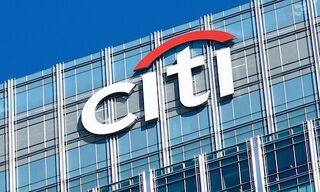Management at Switzerland's largest bank wants to have the Credit Suisse integration planned down to the last detail by the end of the year. Getting clients onboard is a key priority.
Integrating two large listed entities is a matter for top-level leadership. Until now, both chief executive Sergio Ermotti and chairman had the seemingly exclusive right Colm Kelleher to discuss progress relating to the takeover and integration of Credit Suisse publicly.
That puts even greater emphasis on the information UBS released during its disclosure of third quarter 2023 results on Tuesday. It was only in August that the bank indicated it would fully integrate Credit Suisse's domestic business, adding that the renowned bank brand would disappear entirely by 2025 followed by the completion of group-wide integration in 2026.
Now the bank has provided new details, with some of them being significant. The most important milestones for the next two years are:
Until End-2023
Plans to consolidate the legal entities should be in place by the end of the year. UBS and Credit Suisse will continue to operate separately until 2024. At that time, the bank will also create a uniform strategy for the combined entity effective in the three following years.
The migration of Credit Suisse clients onto the UBS platform is being prepared, as are planned data transfers and the decommissioning of legacy IT infrastructure systems. This will be a Herculean task with an uncertain outcome given the complexity and size of the core banking systems each has.
What is clear is that Credit Suisse's systems are on their way out, given that in the second quarter, UBS already undertook a significant writedown of its software.
Until End-2024
The planning currently being undertaken should bear fruit in 2024. It is expected that the most important units of both banks will be aligned under a uniform legal structure. At the same time, the first clients in Credit Suisse's core businesses will be migrated over.
All this will incur substantial costs although UBS does hope to add value from its integration efforts. By 2026, it expects to be able to reduce expenses by $10 billion while achieving a CET1 ratio of 15 percent (currently minus 4 percent). At the same time, the bank expects that all the decommissioned legacy systems and structures will improve its capitalization and financing strength. The merger of the legal units should also help improve client experience.
The Big Unknown: Job Cuts
There was no indication of what stage the current job cuts are at. Some have been saying they could eventually be as high as 35,000 of the once 120,000 jobs in total at both institutes.
UBS did confirm on Tuesday, however, that the number of employees had fallen by more than 13,000 since the end of last year.



























